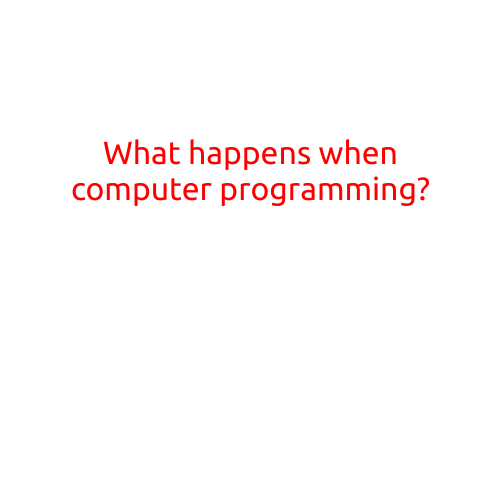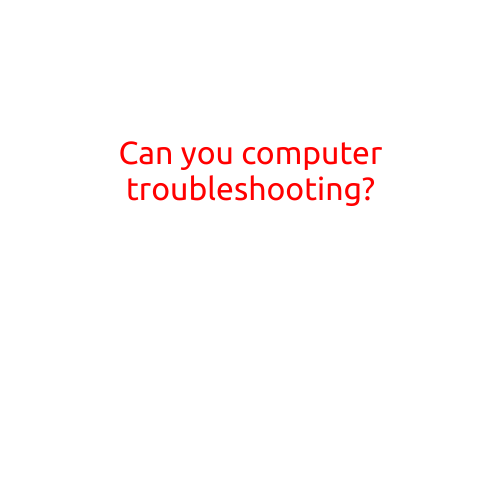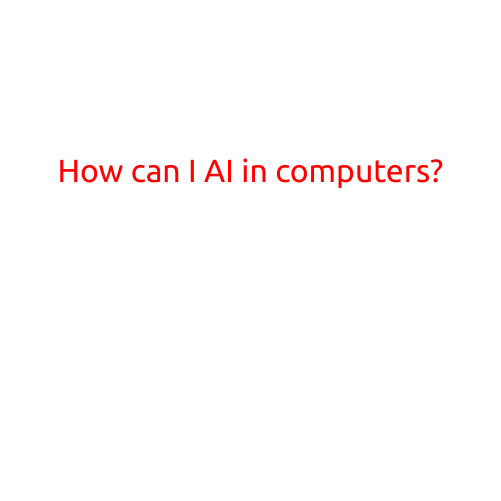
What Happens When Computer Programming?
When you write code and press the “run” button, what happens behind the scenes is a fascinating process that requires a deep understanding of computer programming. In this article, we’ll delve into the inner workings of programming and explore what happens when you input code into a computer.
Compilation
The first step in programming is compilation. When you write code, you’re creating a series of instructions that the computer can understand. This code is written in a programming language, such as Java, Python, or C++, which is then compiled into a language that the computer can understand, known as machine code.
Compilation is the process of translating your code into machine code. This is done by a compiler, which analyzes your code, checks for errors, and converts it into a binary file that the computer can execute. The resulting binary file is the same regardless of the operating system or hardware platform.
Interpreting Code
Once the code is compiled, it’s ready to be interpreted by the computer. Interpreting code means that the computer reads the binary file line by line, executing each instruction sequentially.
The computer follows a set of rules, known as the parse tree, to execute the code. The parse tree is a hierarchical structure that outlines the syntax and semantics of the code. It’s like a flowchart that guides the computer through the execution of the program.
Execution
When the code is executed, the computer performs the following steps:
- Fetching: The computer retrieves the instructions from the binary file and stores them in its memory.
- Decoding: The computer decodes the instructions, determining what actions to take.
- Executing: The computer executes the instructions, performing the desired actions.
- Storing: The computer stores the results of the execution in its memory.
The computer uses its central processing unit (CPU) to execute the instructions. The CPU is responsible for performing arithmetic, logical, and control operations. It’s like a robotic arm that follows the instructions in the parse tree, executing each step with precision.
Memory Management
As the computer executes the code, it uses memory to store data and program instructions. There are two types of memory:
- Stack: The stack is a region of memory where data is stored in a last-in, first-out (LIFO) order. It’s like a stack of plates, where the latest plate added is the first one removed.
- Heap: The heap is a region of memory where data is stored dynamically. It’s like a heap of boxes, where each box can be added or removed as needed.
The computer uses a memory management unit (MMU) to allocate and deallocate memory. The MMU is like a librarian, managing the allocation and deallocation of memory to ensure that the computer has enough resources to run the program.
Output
Once the program has executed, the computer outputs the results. The output can take various forms, such as:
- Screen output: The computer displays the results on the screen, using graphics and text.
- File output: The computer writes the results to a file, such as a text file or a binary file.
- Database output: The computer stores the results in a database, where it can be accessed and used later.
Conclusion
In conclusion, when you write code and press the “run” button, the computer performs a series of complex steps to execute the program. Compilation, interpretation, execution, memory management, and output are all critical components of the programming process. By understanding what happens behind the scenes, you can better appreciate the power and complexity of computer programming.





